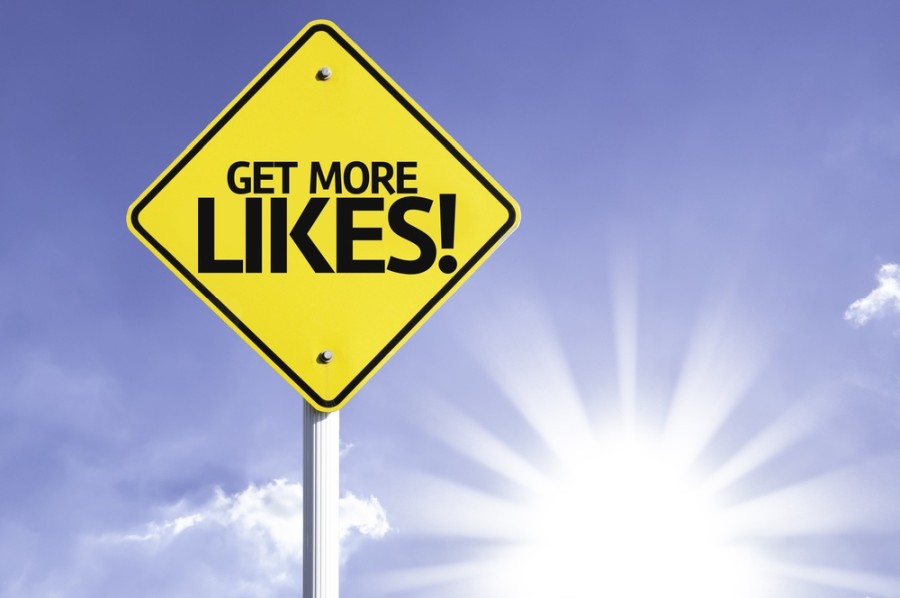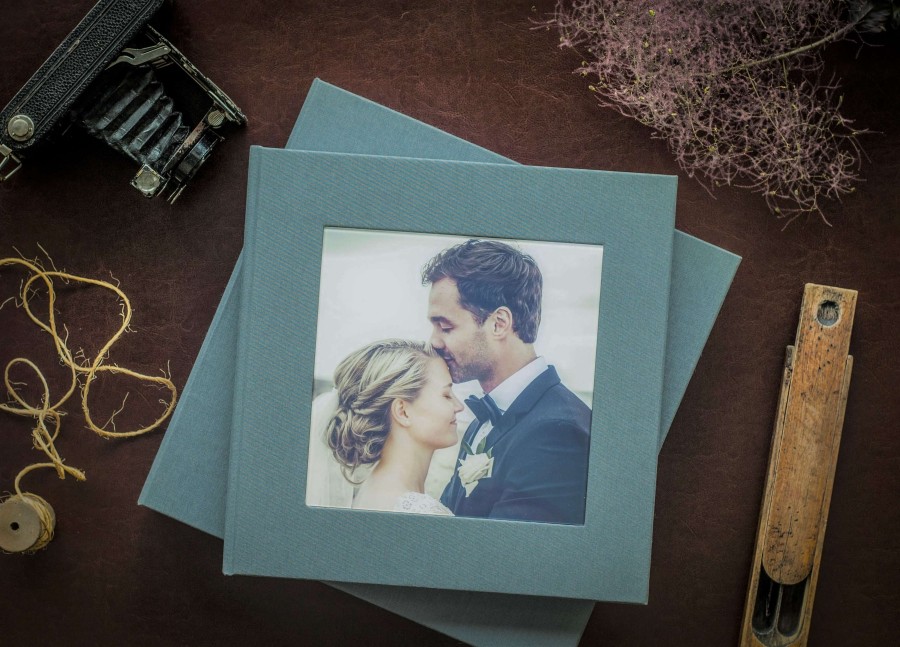Nobody likes to stress about making-ends-meet and we all want to follow the advice of those nice teachers who motivated us to do what we love. So we love photography but don’t want to have to scrape by – but is there a way to make a comfortable living fulfilling your passion of photography? Yes, in fact there are many but for now we'll look at three fundamental ways you can make money as a photographer.

That's right there are many ways to make money taking pictures - more than you probably realize. For the sake of simplicity, however, I will only focus on the big three for this write-up. That is three ways you can make money as a photographer. Check in often as I’m sure I’ll write up another with even more ways.
Go Pro
I’m sometimes told I have an all-or-nothing personality; I often debate it but when it comes to making money from photography I accept it. If you want to be comfortable/successful doing photography going full tilt is the only way.
What this means is immediately declare yourself a professional photographer and then go all the way in acting like one. It doesn’t necessarily mean you have to quit your day job right away if you’re trying to transition, but it does mean you adopt a professional approach, put in the time and effort, and take it seriously from the get-go (which often means you won’t have time for another job).
Search for those ways that plays up this professionalism and sets you apart at the same time. If you’re not sure what those ways are exactly read on and I’ll help you out.
Face-to-Face Still Makes a Difference
As I mentioned above adopting the right approach to the business-side of your photography is essential to being successful. The ideal method for success is what is called in-person sales model, or IPS for short.
All that is though is physically meeting with clients before and after the actual photo session to discuss what the client is looking for, showing the client what you offer, offering your suggestions and input appropriately and then, of course, providing them with what they’ve requested after the shoot.

Too often photographers call themselves professionals only to make an arrangement either on the phone or via email with a client, show up shoot the shots, and then email the client the results or simply send a link to a dropbox.
Here there is minimal personal contact between the photographer and the photographer’s clients. Clients are OK with it on account of the low price tag, but what the photographer needs to remember is a low price tag for your client means a low revenue and even lower profit for you!
Moreover, often the client moves on after that one shoot. After all, how professional is it to behave like a recluse with a contagious disease?
OK, OK I’ll be your photographer but I’m only showing up when I absolutely have to, taking the pictures, and then you’ll never see me again. You’ll get your photo files via email.)
For the client they feel nothing special or unique. They simply get what they're looking for: professional quality photos at a bargain price. When the time comes they can easily find just another pro with a camera selling cheap digitals. Photographers may rationalize, well I’ve lost that one but I can find two or three others to take their place. Yet, this is NOT a sustainable, let alone comfortable, business model.
But even aside from the social awkwardness of such behavior there is real money and opportunity being lost with such a strategy. As the old adage goes, time is money and by treating clients like the plague you – the photographer – are missing out on many opportunities to meet with your clients.
This small action of meeting with clients goes deeper than just the surface - by doing such you’re not only simply physically meeting, but also getting to know them a little better, having them feel more comfortable working with you, and potentially courting an excellent, consistent customer (who will likely recommend you to those they know), all while being on the clock and earning good money (understandably so).
Consider this, how many good lawyers are there that say (in a free exchange) OK I’ll do it. Enough now, I don’t need the details. Just tell me when the trial is and I’ll see you there. Or, OK I'll take your case, but I'll type up a script of the defense, email it to you, and go ahead and represent yourself on the trial date. So why do professional photographers feel compelled to act this way?
[You're a professional as well and an artist; clients should be paying for you as well as your product.]

But don’t just take my anecdotal evidence for it; there is real proof behind this. Incredible professional photographers Dorie Howell and Rachael Boer are just two of many examples of photographers who quickly realized in-person sales was the way to go.
In fact, not only did they each triple their photography income once they started sitting down with people, but they took it so far as to start their own business specifically built around the IPS method. It just so happens their IPS business -which educates and assists professional photographers in implementing the IPS system – has flourished.
Clearly there is something to this meeting-in-person-with-clients-earns-me-more-money theory.
Print it Out
So technically you could adopt this personal relationship with clients and still only ever push the plastic USBs and digital files, but that’s only going half-way (if even).
In the same way holding pre-and-post-shoot consultations gives off the impression of you taking an extra interest in your clients while also serving as a way to make a little more money, albums give off the impression that you are more professional and serious about your craft while at the same time giving you a plethora of ways to upsell within the album itself. Simply put they are, like an IPS model, a win-win and an excellent way to make more money as a photographer.

Here again, though, don’t take my word for it, but instead take notice of a real life example.
One of the most sought after Danish photographers Angelina Devine is happy to share her story of how she went from a starving artist on the shoot and burn method to the high streets of Denmark upon switching to an IPS-printed product system. Angelina particularly caught attention when she achieved over $9,000 in one sale! That order included an album and many other printed products – no digital files in sight.
But this doesn’t mean you can’t ever offer digital; just in the words of Angelina and other successful IPS photographers, make them the most expensive item you offer.
The Power of Three
These three tips will be sure to elevate your profit margin as a photographer. Give yourself the title of professional and then do all that it takes to live up to it. That often means something that isn’t so easy at first and isn’t so common; that road less traveled if you will.
Indeed, even in this digital day-and-age; in fact even more so, in-person communication, consultations, and sales is incredibly powerful and valuable. Also, along that same path, in the end give your clients something substantial to hold on to and cherish when they “finish” a shoot with you. Let’s face it we smile an even bigger smile when we get a letter or a postcard in the mail than we do an email with the same content.

Lastly, offering printed products DOES make you more professional as it shows you are more serious about your craft, and more unique. Echo the same for in-person sales. It may take a little more effort than a shoot-burn-mail technique but the medium/long-term investment is WELL worth it.
Not long and your ends will not only be meeting but tying themselves into beautiful, elaborate bows atop wonderful gifts. Besides putting in the grind is respecting your work and what separates “the ones with the camera”, from the true professionals.